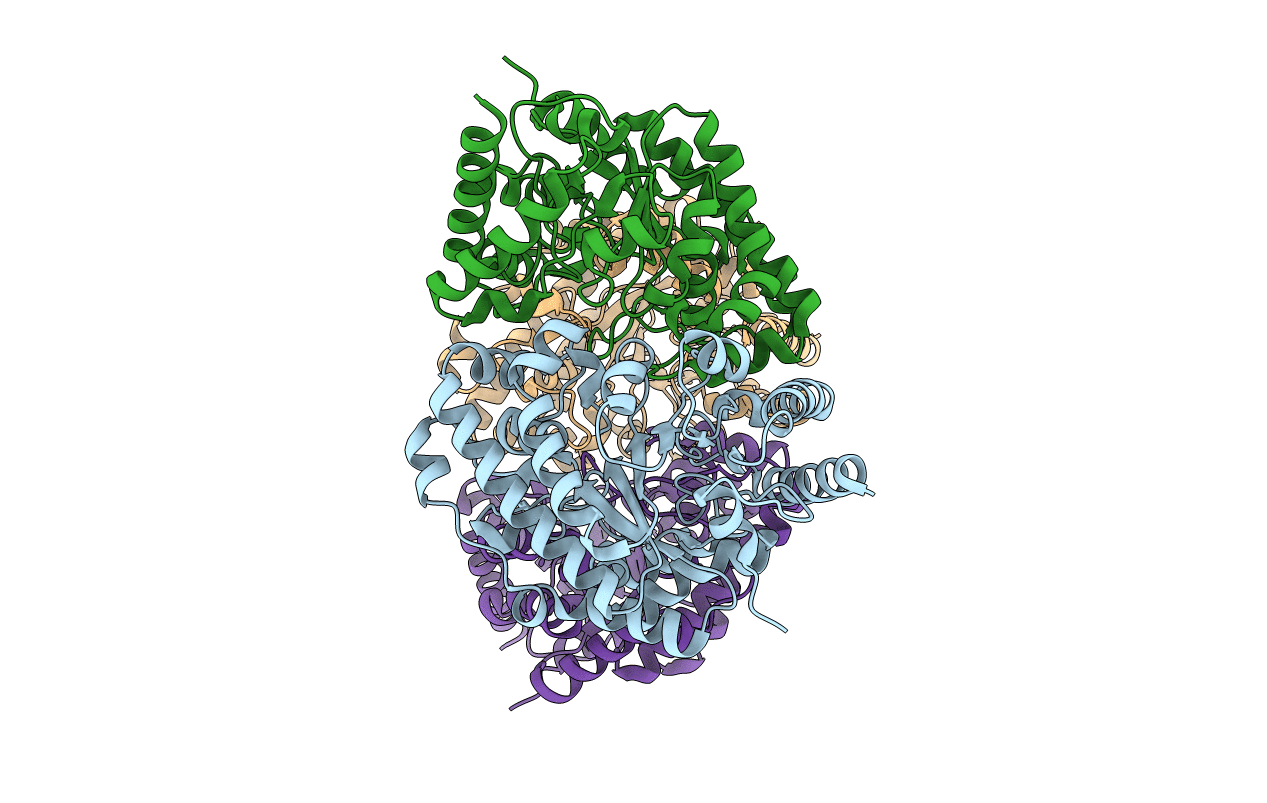
Deposition Date
2006-10-06
Release Date
2006-10-24
Last Version Date
2023-10-25
Entry Detail
PDB ID:
2INF
Keywords:
Title:
Crystal Structure of Uroporphyrinogen Decarboxylase from Bacillus subtilis
Biological Source:
Source Organism:
Bacillus subtilis (Taxon ID: 1423)
Host Organism:
Method Details:
Experimental Method:
Resolution:
2.30 Å
R-Value Free:
0.25
R-Value Work:
0.19
R-Value Observed:
0.20
Space Group:
P 1


